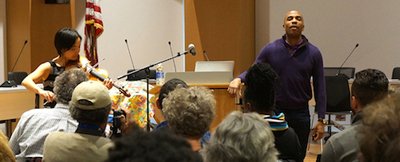Bloomberg Associates, 2021
Resource Overview
For public sector arts agencies / departments who want to use data to improve their service provision, this guide offers practices from around the country that leverage data to better serve grantees, promote equity in service delivery, and demonstrate the impact of arts and culture.



